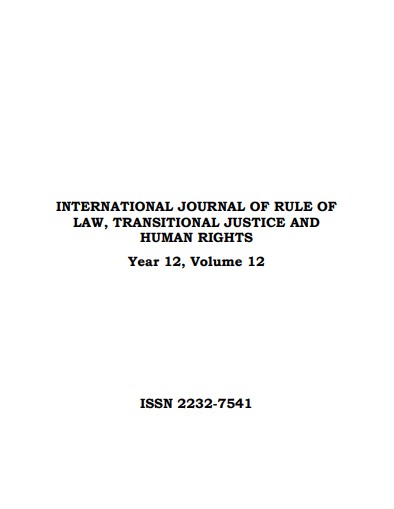The Gendered Implications of Consociational Peace Agreements: A subnational level analysis of Bosnia and Herzegovina
The Gendered Implications of Consociational Peace Agreements: A subnational level analysis of Bosnia and Herzegovina
Author(s): Tajma KapićSubject(s): Gender Studies, Constitutional Law, Human Rights and Humanitarian Law, Social differentiation, Transformation Period (1990 - 2010), Present Times (2010 - today), Politics and Identity
Published by: Udruženje “Pravnik”
Keywords: consociational post-conflict solutions; privilege ethnic divisions; social identity; gender; war in Bosnia and Herzegovina; women’s representation in political institutions; elections;
Summary/Abstract: A key criticism of consociational post-conflict solutions posits that such agreements privilege ethnic divisions at the expense of other forms of social identity, including gender. This paper examines this tension by focusing on the consociational formula utilised to end the war in Bosnia and Herzegovina (BiH). The paper argues that this context is particularly significant to observe long-standing gendered implications as a by-product of the Washington Peace Agreement (WPA) and the subsequent Dayton Peace Agreement (DPA). Drawing on interviews and statistical data, my analysis focuses on trajectories of women’s descriptive political representation. The paper emphasises how frozen ethnic cleavages, a direct consequence of consociationalism, have still a strong impact on women’s representation in political institutions. This is particularly visible at the cantonal level where the number of women represented in Cantonal Assemblies has varied markedly both spatially, between different cantons, and temporally, between post-Dayton general elections. The high level of fragmentation of the political system and the number of small parties who won seats only on one or two occasions blurred the picture even further. However, by zooming in on the large political parties who won seats on most occasions, I find that the parties' ideology played a significant role in electing women into cantonal assemblies.
Journal: International Journal on Rule of Law, Transitional Justice and Human Rights
- Issue Year: 12/2021
- Issue No: 12
- Page Range: 123-138
- Page Count: 16
- Language: English

